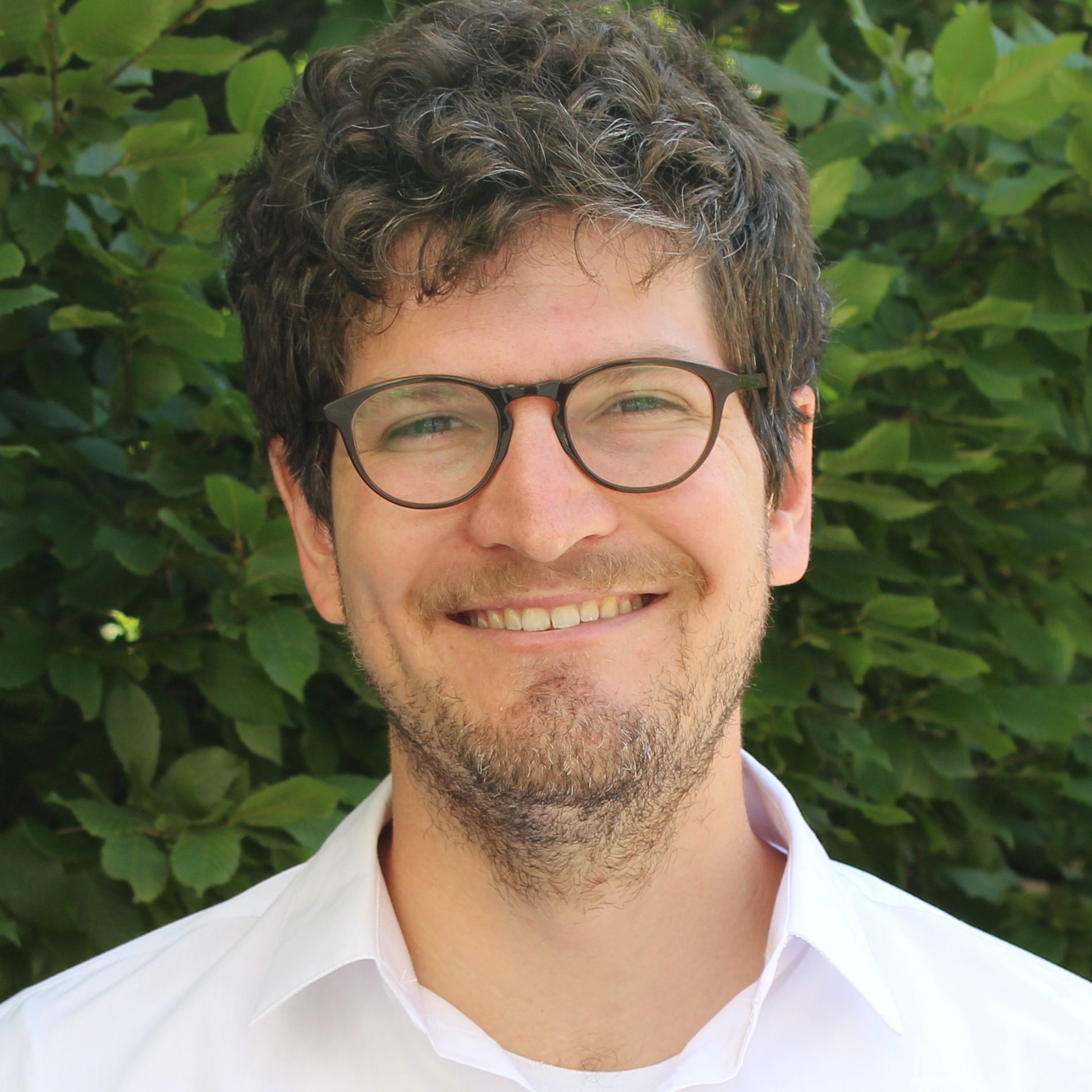
Alec Jacobson
Breaking Barriers between Humans and Geometry
In the field of geometry processing, I work to make sense of existing geometric data and provide interfaces to put that data to further use. Today, we find many sources of geometric data and increasingly find useful applications affecting our daily lives. Climate analysis, self-driving cars, 3d-printed prosthetics, virtual dressing rooms and video games all share the essential tasks of collecting, processing and utilizing geometric data.
Unfortunately, barriers stand between geometric data and the people who want to analyze and understand that data. Potential consumers and content creators cannot access or edit geometry because of poor human-computer interfaces. Meanwhile, some data never reaches its intended users because processing breaks down due to lack of robustness to noise.
My long-term research goal is to dismantle the barriers between humans and geometry. In this talk, I will show how I attack this problem on both fronts. I bring ideas from differential geometry and finite-element analysis to model geometric problems more intuitively and more robustly. Meanwhile, I pursue better user interfaces to reduce human effort and increase creative or scientific exploration of geometric data. I will present my work in robust geometry processing, higher-order PDEs, real-time shape articulation, and fabricating user interfaces. Each parallel branch of investigation, while self-motivating, complements the others, and together they invite exciting new directions for future research.
Alec Jacobson is an Assistant Professor of Computer Science at University of Toronto. Before that he was a post-doctoral researcher at Columbia University working with Prof. Eitan Grinspun. He received a PhD in Computer Science from ETH Zurich, and an MA and BA in Computer Science and Mathematics from the Courant Institute of Mathematical Sciences, New York University. His thesis on real-time deformation techniques for 2D and 3D shapes was awarded the ETH Medal and the Eurographics Best PhD award. Leveraging ideas from differential geometry and finite-element analysis, his work in geometry processing improves exposure of geometric quantities, while his novel user interfaces reduce human effort and increase exploration. He has published several papers in the proceedings of SIGGRAPH. He leads development of the widely used geometry processing library, libigl, winner of the 2015 SGP software award.